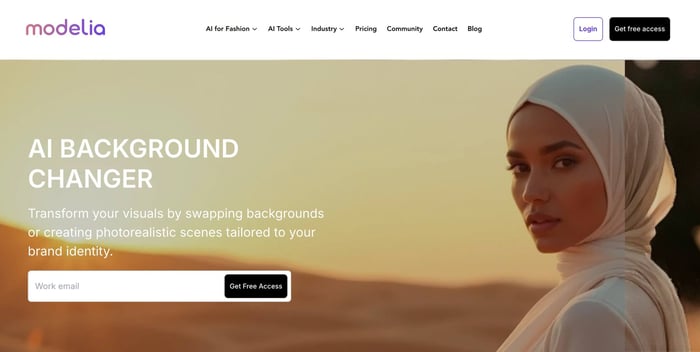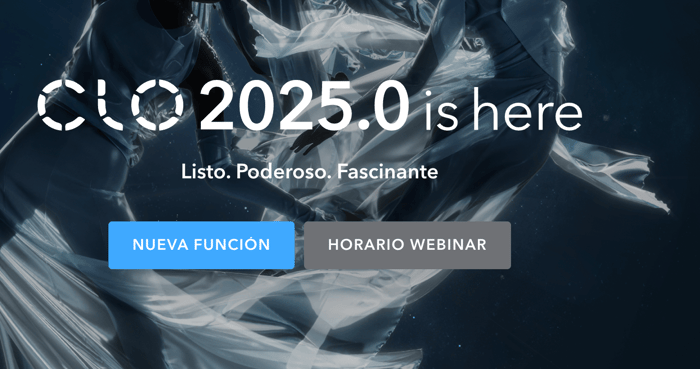Khroma is a creative AI tool that makes exploring and selecting color combinations more intuitive than ever. Designed with creatives, Khroma uses artificial intelligence to learn your color preferences and generate an endless variety of personalized color palettes. As you interact with the platform choosing the colors you prefer, it tailors its suggestions to your particular aesthetic. This results in a highly efficient way to find harmonious color schemes perfectly aligned with your style or brand vision.
It is free to use and in beta mode, and thats why it is a must-try resource for anyone building a new fashion collection, designing a bold statement piece, or simply looking for fresh color inspiration, perfecto for beginners and fashion students.
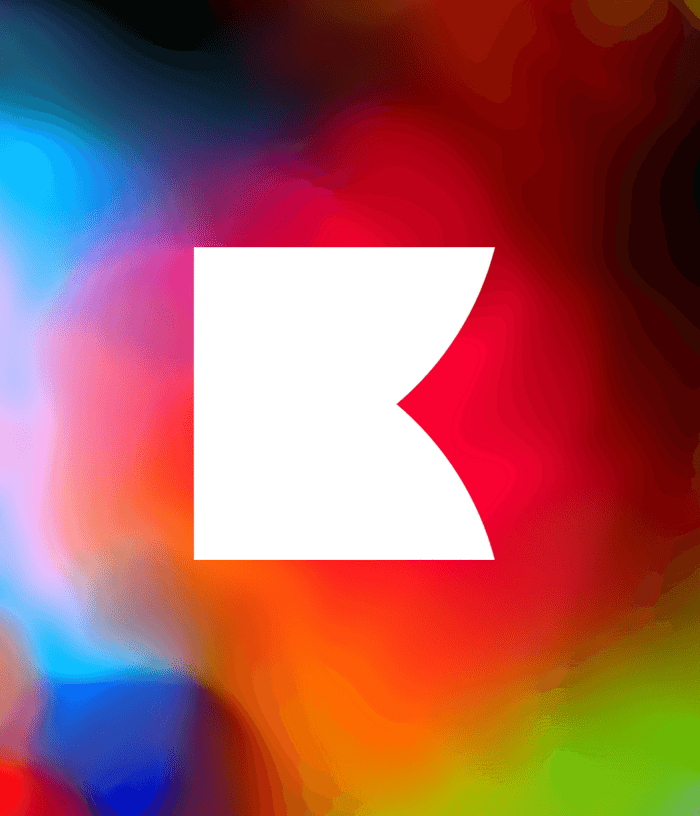
Key Features of Khroma
1. AI Color Palette Generation
Khroma learns from your favorite colors and uses that data to create curated palettes that reflect your individual taste. Whether you're looking for something soft and subtle or bold and eye catching, it can generate a wide range of options in seconds. Moreover, you can save and revisit your favorite palettes at any time.
2. Smart Filtering and Precision Control
To refine your results, it allows you to filter by hue, temperature, contrast, saturation, brightness, and more which gives you complete control over the color output, helping you combine the perfect color scheme for specific branding needs.
3. Comprehensive Color Information at a Glance
Each palette or color pair comes with detailed data, including color names, HEX codes, RGB and CSS values, and WCAG accessibility ratings. This secures that your selections meet digital accessibility standards which is useful for designers working on both fashion and web content.
Whether you’re in the early stages of mood board creation or finalizing design details, Khroma makes the color selection process easier and more inspiring being a powerful, intelligent tool that blends creativity with customization, and helping fashion designers bring visual concepts to life with precision.
4. NewArc.ai
NewArc.ai is an AI platform designed to empower fashion designers, stylists, and creative teams by simplifying and accelerating the entire design process. By combining machine learning with intuitive design features, NewArc allows users to generate fashion sketches, renderings, and garment concepts from simple text prompts or visual references. Whether you’re developing a full collection or ideating a single hero piece, NewArc streamlines creative workflows while maintaining artistic control.
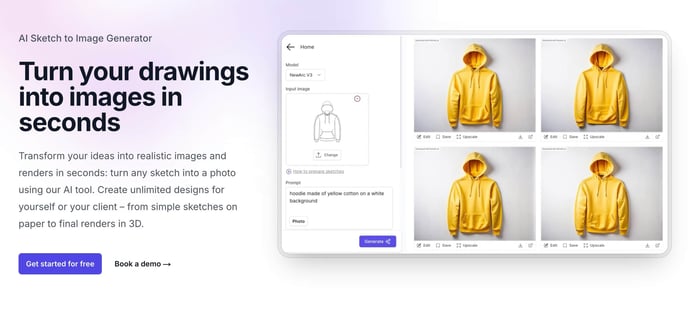
Its standout feature is the ability to transform a simple idea, like “structured blazer with oversized shoulders in matte black wool” for example, into a polished design in seconds. The AI interprets the description and produces visual variations, allowing the designer to explore silhouettes, textures, and colors without spending hours drawing.
It also supports moodboard generation, collection planning, and creative exploration at scale. It’s especially valuable for teams needing to present ideas quickly or visualize a range of style options for the same garment concept. In an industry that thrives on innovation, NewArc.ai provides a new way to ideate and iterate.
5. Fashable
Fashable is designed for generating fashion sketches using AI. It serves students, early-stage designers, and concept artists who want to produce visual references quickly. By inputting moodboards or selecting from themes, the AI generates editable digital fashion sketches. These can then be adjusted for presentation or further design development.

Key Features
AI-generated design templates
Editable digital sketches
Categorized by garment type and season
This platform is a great starting point for building a fashion portfolio or concept collection. For educators or students, Fashable reduces the time needed to produce clean sketches and supports the learning process.
Learn From Top Brands Using AI
Once we've mentioned the top 5 fashion design services it might look that this is kind of futuristic and in some way useless, but nothing could be further from the truth. Now we’ll explore how some of the world’s most famous fashion brands are using AI fashion design tools to push boundaries, connect with audiences.
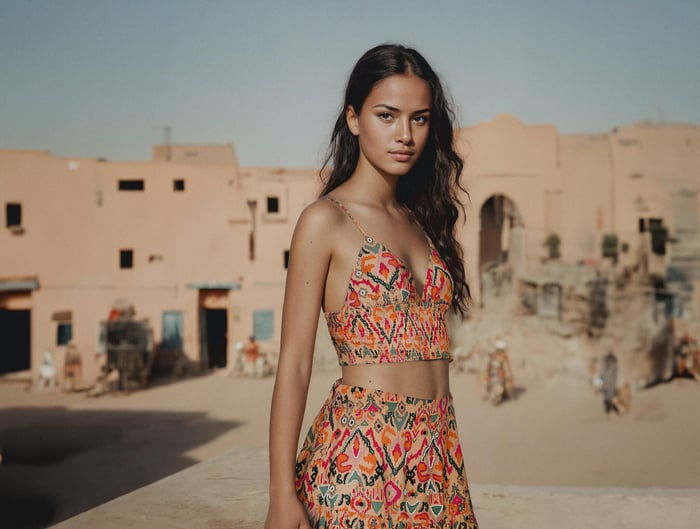
AI fashion design tools are being used to streamline product development, reduce environmental impact, and create personalized experiences at scale. From virtual fitting to trend prediction, AI allows brands to work smarter and faster without sacrificing creativity.
These devices support various stages of the design cycle, including concept generation, pattern drafting, material testing, and visual presentation. For fashion companies looking to shorten production cycles and meet growing digital content needs, AI tools offer a competitive edge.
1. Nike: Data and Design in Harmony
Nike has been at the forefront of innovation, and the use of AI fashion design tools is no exception. The brand lets artificial intelligence to analyze customer data, track trends, and help its design team develop products that align with real-time demand.
Through predictive analytics and AI software, Nike has been able to reduce product development time and anticipate consumer needs. The use of digital twins and 3D prototyping allows the brand to visualize and test garments before moving into physical production, saving time and materials
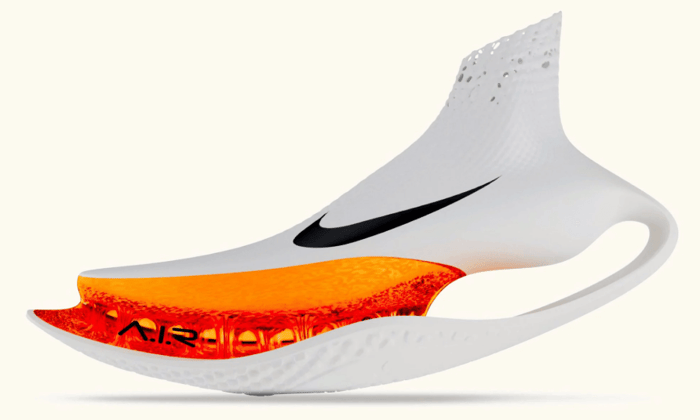
2. Levi’s: Virtual Models and Sustainable Thinking
Levi’s has embraced AI to power its commitment to sustainability using models generated with artificial intelligence to display clothing in various sizes, skin tones, and poses. By doing so, Levi’s reduces the need for physical samples and photoshoots.
AI is also helping Levi’s optimize denim design and fit with services that simulate fabric behavior in 3D that allow the brand to test different styles without overproducing or wasting materials.
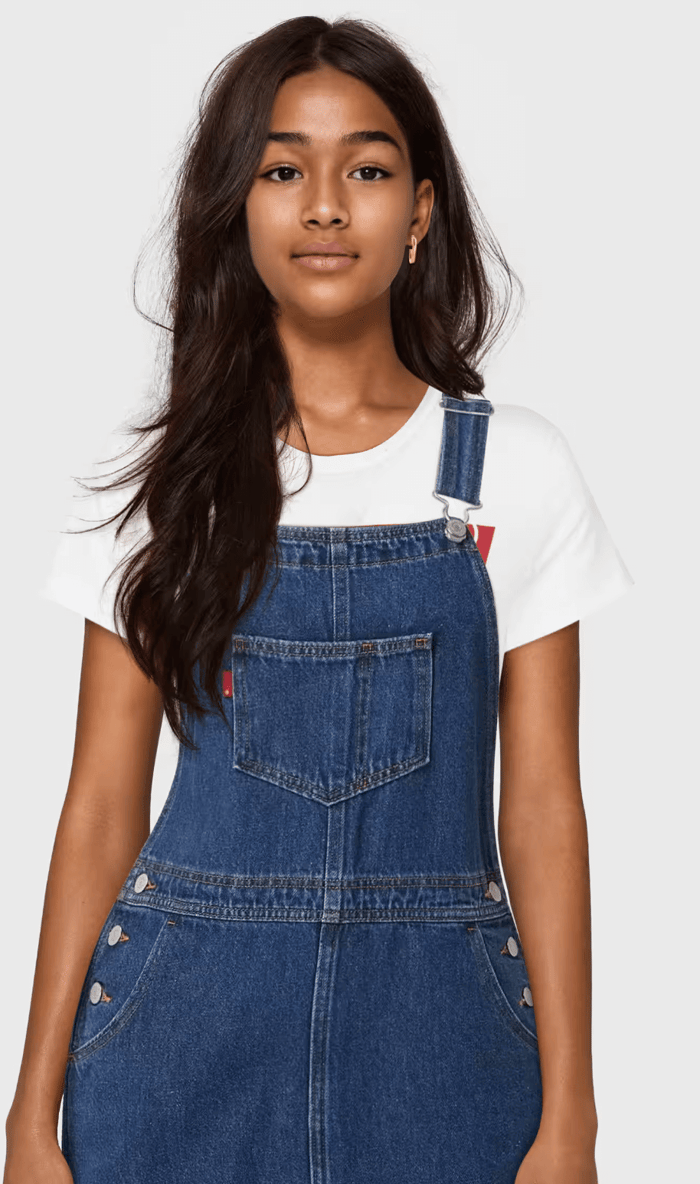
3. H&M: Personalization and Predictive Analytics
H&M has incorporated AI into multiple aspects of its fashion design and retail strategy. One of the most impressive uses is trend forecasting with AI algorithms that analyze social media activity to predict upcoming styles, colors, and silhouettes that will resonate with the brand’s global audience.
4. Adidas: Virtual Sampling and AI Collaboration
Adidas has been investing in virtual sampling to minimize its reliance on physical prototypes. With the help of AI fashion design tools, the company can design, test, and refine garments entirely in digital environments. This speeds up development while reducing costs and also gives designers more creative freedom.
The brand is also known for experimenting with human-AI collaboration, using machine learning to create new textures, graphics, and product ideas. Adidas’ approach highlights how AI can become a true creative partner.

5. Gucci: Styling with Machine Learning
Gucci’s parent company, Kering, has integrated AI fashion design tools to personalize the shopping experience and enhance its visual presentation. Gucci tailors its product recommendations to match a shopper’s style preferences using machine learning.
AI is also being used to generate fresh patterns and reinterpret classic silhouettes and to generate hyper-realistic product images and virtual try-ons, enabling customers to engage with the brand in an immersive way.
What Designers Can Learn from Top Brands
Whether you’re a startup or an established label, there is much to learn from how top fashion houses are leveraging AI:
1. Embrace Experimentation: AI fashion design tools allow designers to explore creative directions faster. Brands like Adidas and Gucci use these tools not to replace the designer, but to extend their capabilities.
2. Streamline Your Workflow: From sketch to sample, AI accelerates development. Companies like Levi’s and Nike show how early testing through AI can reduce waste and speed up production.
3. Prioritize Personalization: AI can help tailor collections and shopping experiences to individual users. This is increasingly important in today’s digital-first retail environment.
4. Invest in Sustainability: Digital sampling, virtual models, and predictive production planning reduce environmental impact. Fashion’s future is not only smart, it’s also sustainable.
5. Align AI With Brand Identity: The most successful brands use AI to enhance (not replace) their creative voice. It’s not about letting technology take over, but about using it to deliver more meaningful results.Conclusion
AI fashion design tools are essential instruments in today’s creative tools. From sketching and styling to prototyping and presenting, these tools empower designers to bring their visions to life with greater speed, accuracy, and flexibility.
Whether you're a solo creator looking to build a portfolio, a fashion house launching seasonal collections, or a content producer building digital campaigns, the right AI fashion design tool can transform your process. As these platforms continue to evolve, they promise a more inclusive, sustainable, and innovative future for fashion design.
Embracing them now means staying ahead in an industry where change is not just expected, it’s the norm.
Between all this tools Modelia stands out as the most complete one, offering so many different tools for the different needs of the market. If you want to stay updated in the latest AI fashion tools keep an eye on Modelia and don't miss a thing.


